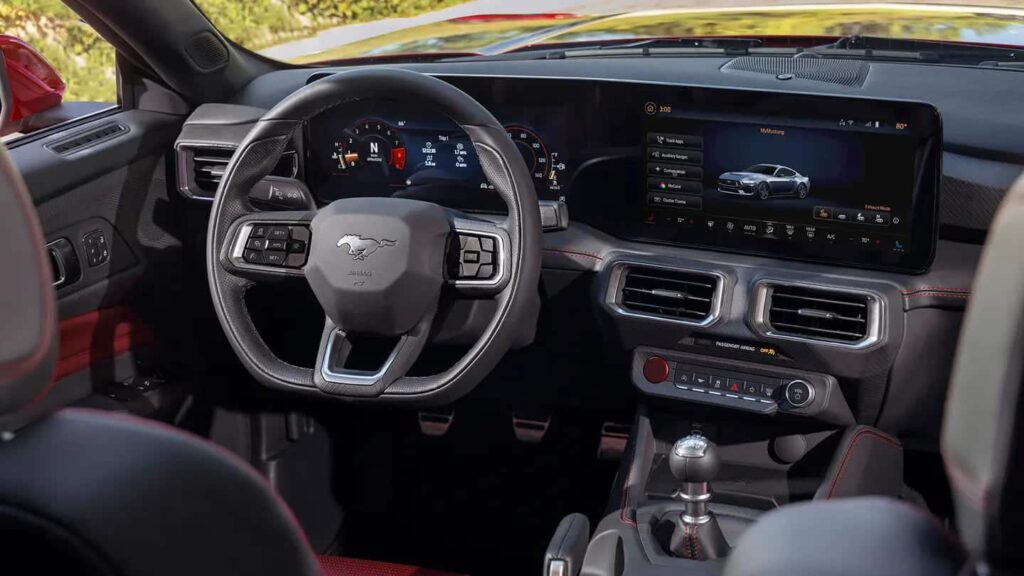
In the past couple of decades, touch screens resembling those on iPads have become standard in cars, transitioning from a luxury item to an industry norm. These sleek control panels offer a wide range of features and customization options to drivers. However, studies suggest that these conveniences might contribute to distracted driving. In response, a significant European safety monitor is advocating for the reintroduction of physical buttons and knobs for certain essential driving functions to improve safety.
Beginning in 2026, the European New Car Assessment Program (NCAP) plans to award its top safety rating only to vehicles that incorporate traditional buttons and levers for crucial driving tasks like indicators and hazard lights. This move is intended to encourage car manufacturers to prioritize safety over touch screen aesthetics. While these standards are specific to Europe, the debate over buttons versus touch screens is gaining traction among drivers in the US as well.
Matthew Avery, the Director of Strategic Development at Euro NCAP, has labeled the proliferation of in-car touch screens as an “industry-wide problem.” He emphasizes the importance of minimizing distractions by implementing separate physical controls for basic functions, thereby reducing the time drivers spend with their eyes off the road.
The prevalence of touch screens in new cars is undeniable. A recent survey suggests that almost all new cars released after 2023 globally are equipped with at least one touch screen. These screens, initially designed for entertainment purposes, are now being utilized for essential driving tasks. However, not all drivers are pleased with this shift. Consumer Reports indicates that only about half of drivers surveyed in 2022 were satisfied with the infotainment systems in their vehicles.
Car manufacturers have embraced touch screens for several reasons. They offer a digitized interface that saves space in the cabin and enables access to more features than traditional buttons and knobs. Additionally, touch screens reportedly cost less to produce at scale and allow for software updates over the internet. Marketers also see potential in utilizing in-car screens for advertising purposes in the future.
Despite their advantages, touch screens have raised safety concerns. Studies have shown that interacting with infotainment systems can distract drivers for significant periods, increasing the risk of accidents. To address these concerns, Euro NCAP is mandating physical controls for critical driving functions to qualify for its highest safety rating.
This directive presents a dilemma for carmakers, with some doubling down on larger, more complex touch screens while others prioritize traditional controls. Ford and Mercedes-Benz have introduced vehicles with expansive digital displays, but concerns over driver distraction have led to restrictions on certain features. On the other hand, manufacturers like Hyundai and Nissan are reaffirming their commitment to physical controls in response to consumer preferences.
Ultimately, the debate over touch screens versus physical controls in cars underscores the importance of prioritizing safety while incorporating technological advancements. As carmakers navigate this balance, consumer preferences and safety considerations will continue to shape the future of in-car interfaces.